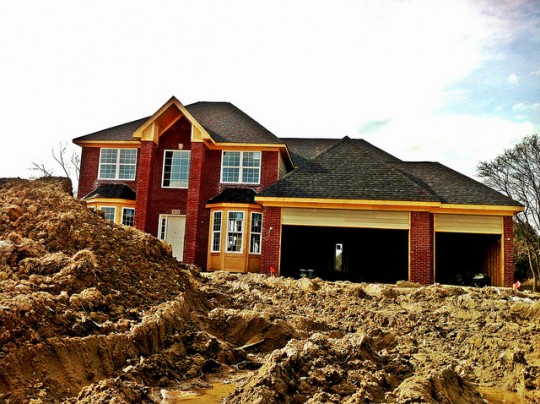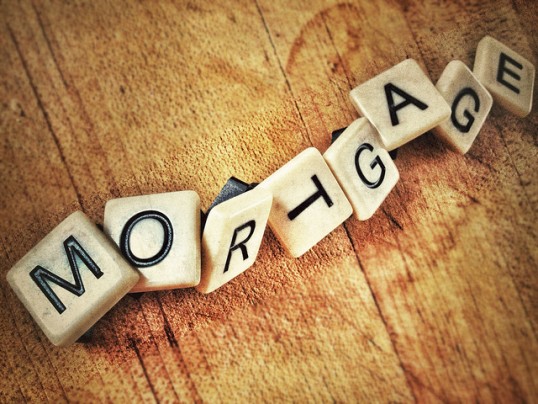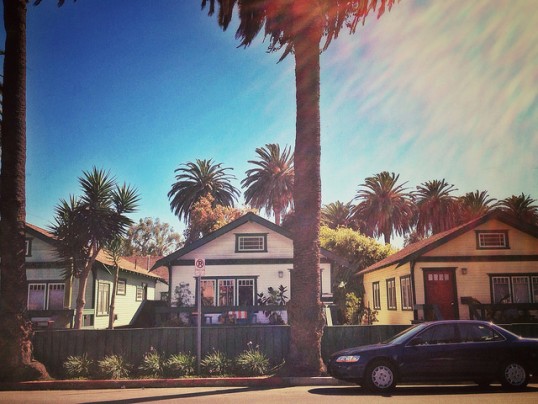A panel of economists and housing analysts asked to predict future home price growth, homeownership, and demographic trends said they expect home prices to rise, on average, 19.5 percent through December 2018. Their forecast matches the outlook of a similar panel convened earlier this year. Among the panelists, the most optimistic quartile predicted a nearly 28 percent increase by 2018, while the most pessimistic expected a mere 11 percent rise over the next four years. This year, they expect a 4.6 percent increase in nationwide home prices. The panel also said they expect the age of the typical first-time home buyer to begin to rise, as the Millennial generation enters their prime home buying years. Experts expect this trend to lead to a drop in the homeownership rate. Because younger Americans are getting married and having children later in life, they will also likely delay homeownership, which will lead to a shift from historical norms. Dr. Stan Humphries, Zillow’s chief economist, said the Millennial generation will have an enormous influence in coming years because of its huge size and diversity of housing preferences and opinions. More here.
Archive for September 2014
Will New Homes Keep Getting Bigger?
For the past two years, the size of newly-built single-family homes has been rising. In fact, the most recent data from the Commerce Department shows the median size of homes that began construction during the second quarter of this year was 2,478 square feet. That is just shy of the all-time high of 2,491 square feet, set last fall. This trend, however, may be coming to an end. Homebuilders have reported an increase in entry-level and first-time buyers entering the market, which may help level off the square footage of new homes being built. The increases – largely driven by luxury and move-up buyers, who dominated the market during the early part of the recovery – should begin to slow as prospective buyers looking for their first home search for smaller, more modestly priced houses. With more diversity among buyers, the trend toward larger homes with bigger garages, basements, and bedrooms should begin to reverse and reflect the reemergence of entry-level buyers who, mostly likely, will be searching for a home that better fits their needs and budget. More here.
Americans Gain Confidence In Economy
The most recent index of consumer confidence released by the Conference Board, a private research group, shows increasing optimism in the economy and job market. The August index surpassed economists’ expectations and scored its highest reading since October 2007, before the recession began. As Americans become more hopeful about their financial situation and availability of jobs, analysts believe that it will have a positive effect on both the housing market and consumer spending – both important drivers of economic activity. So far, however, the improvement hasn’t resulted in any significant increase in personal spending, likely due to a lack of wage growth. On the other hand, recent housing reports show positive gains for local real-estate markets and many experts are forecasting continued progress this fall, as the market becomes more balanced and offers buyers more choices and better affordability conditions. Economists surveyed prior to the release of the index forecast a decline in confidence from the month before. More here.
Home Buyers To See Better Deals This Fall
Ever since home sales began to slow last November, home price increases have become smaller and smaller. This trend, combined with the lowest mortgage rates yet this year, is expected to result in an unusually hot fall housing market, according to a new survey of real-estate agents. The reason behind the growing optimism is a combination of increasing buyer demand and decreasing price growth. In short, the market is normalizing and, as it becomes more balanced, buyers will be able to find better deals than they could earlier this year when sellers were pricing homes high and expecting a spring sales surge. But, because of a slow winter, the selling season got off to a slow start. Now buyer demand is returning just as sellers are beginning to adjust their asking price. In fact, the number of homes that sold above list price in July was down 7 percent from the year before. That represents the largest decline this year. This combination of factors is expected to heat up the housing market and lead to a sales spike stronger than any other in the past five years. More here.
Mortgage Rates Hit 14-Month Low
According to the Mortgage Bankers Association’s Weekly Applications Survey, the average contract interest rate for 30-year fixed-rate mortgages with conforming loan balances fell to its lowest level since June 2013 last week. But despite favorable rates, mortgage application demand was relatively flat, rising just 0.2 percent. Purchase demand was down slightly, while refinance activity increased 1 percent from the previous week due, in part, to mortgage rates that continue to hover near historic lows. Refinance demand – which has been trending upward while rates remain low – now represents 57 percent of total application demand, the highest it’s been since March. Not all loan categories saw interest rates drop, however. In fact, average mortgage rates rose slightly on loans backed by the Federal Housing Administration and on 15-year fixed-rate mortgages. Mortgage rates on jumbo loans were unchanged from the week before. The MBA’s weekly survey has been conducted since 1990 and covers 75 percent of all retail residential mortgages. More here.
Home Price Ease Sign Of A Normal Market
After a period of sharp increases, home price gains began to slow last fall. The trend – which has continued ever since – is an indication of a more normal housing market, according to David M. Blitzer, chairman of the index committee at S&P Dow Jones Indices. The latest S&P / Case-Shiller U.S. National Home Price Index found that, though up from one year ago, home prices are increasing at an ever-slower pace. In fact, all of the cities covered by the index showed lower annual rates for the first time since February 2008. According to Blitzer, the trend – along with other positive housing indicators, such as housing starts, existing-home sales, and builders’ sentiment – is an indication that the housing market is normalizing. And, in addition to contributing to a more balanced market, slower price gains, combined with mortgage rates still hovering near historic lows, mean more opportunities for buyers this fall. The S&P Case-Shiller Home Price Indices are considered the leading measure of U.S. home prices. More here.
Housing Market Continues To Stabilize
Since hitting its weakest point in September 2011, the housing market has made a 23.3 percent rebound, according to Freddie Mac’s most recent Multi-Indicator Market Index. The index – which measures local housing markets in all 50 states based on several fundamentals, including home purchase applications, payment-to-income-ratios, and proportion of on-time mortgage payments – found that most markets, though still weak, are trending upward. Frank Nothaft, Freddie Mac’s chief economist, said as we see the economy slowly normalizing we’re starting to see its effects in the housing market as well. In fact, according to Nothaft, the bigger housing markets – some of which were among the hardest hit – continue to improve. Evidence of that improvement can be seen in recently released housing data showing positive gains in existing-home sales, new residential construction, and builder confidence. After a disappointingly slow start to the year, local markets are getting a boost from encouraging economic data and an increasingly stable job market. More here.







